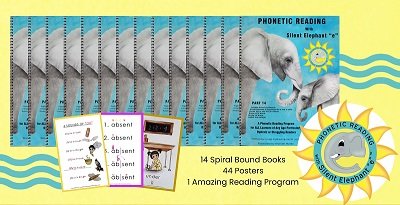As a tutor of dyslexic children, I’m often asked by the parents of my students, “What exactly is dyslexia?”
First, I reply, “Dyslexia is a language processing difference in the brain.” I also like to share Dr. Sally Shaywitz’s definition, “Dyslexia is defined as an unexpected difficulty in learning to read.”
I explain that the “unexpected difficulty in learning to read” is probably how they’re feeling about their child. They know their child is bright, clever, understands things and learns quickly, but for some not understandable reason, reading is very difficult for their child, if not impossible.
They often nod because they do know that feeling. Their next question usually is, “What is happening in their child’s dyslexic brain when they are trying to read?”
I’ve been studying dyslexia research for almost 4 decades. I feel the real breakthroughs in research in how the brain learns to read began with Stanislas Dehaene’s first book How We Learn published in 2001. Then Sally Shaywitz’s book Overcoming Dyslexia followed in 2003. Her findings were so exciting to me and others. Using fMRI’s, she was able to prove there is a difference in how the dyslexic brain functions from the non-dyslexic brain when trying to read.
There’s still so much we need to learn about our brains, but more and more research is being done every day, and our knowledge of how the dyslexic brain processes information is continually growing. Again, this is so exciting.
Here’s what we do know now and what I share with my parents.
The first step in reading is for the reader to look at and focus on printed letters and words. The eyes send the letters and words off to the brain as energy messages. Messages from the left eye are sent to the right hemisphere of the brain while messages from the right eye are sent to the left hemisphere of the brain.
The visual symbols of individual letters, letter groupings (root words, prefixes, suffixes, blends, consonant digraphs, vowel digraphs/phonograms), and letters forming whole words will be recognized and stored in the “word box area” in the left hemisphere of the brain. Instant recognition of all the letters, letter groupings and whole words is necessary for a person to achieve fluency and automaticity in reading.
The visual messages that are originally sent to the right hemisphere, must be immediately sent through the corpus callosum (a thick bundle of nerves that connects the two hemispheres of the brain) to the “word box area” in the left hemisphere for the brain to quickly and accurately decode the words.
(Please see our previous blog post here on how the brain learns.)
For a dyslexic, these processes don’t always run so smoothly. Often, the transfer of visual messages from the right side to the left side of the brain may not be done efficiently. The dyslexic brain may then attempt to recognize the letters, letter groupings and whole words in the right hemisphere, but that’s not really it’s function and this is best done and more effectively achieved in the “word box area” in the left hemisphere.
The dyslexic brain may also begin sending messages to other locations within the right and/or left hemispheres in search of help in processing the information more quickly. Unfortunately, this leads to further delays in fluency because of the time it takes to send the information and the fact that the other locations are not as efficient at recognizing letters and words as the “word box area”.
Probably you, just as parents of the kiddos I teach, are beginning to picture what is happening in their dyslexic child’s brain.
You may be visualizing how if the “word box area” isn’t able to immediately process the letters and words and isn’t immediately receiving help from the right hemisphere, their brain begins sending messages to other parts of the brain that might be helpful, sort of like rabbits running haphazardly through tunnels in a rabbit warren. 😊
Like my parents, I know you are also feeling just how frustrating this would feel to a bright young learner who understands so many things so easily and yet is completely mystified, and sometimes totally stopped, when trying to read.










